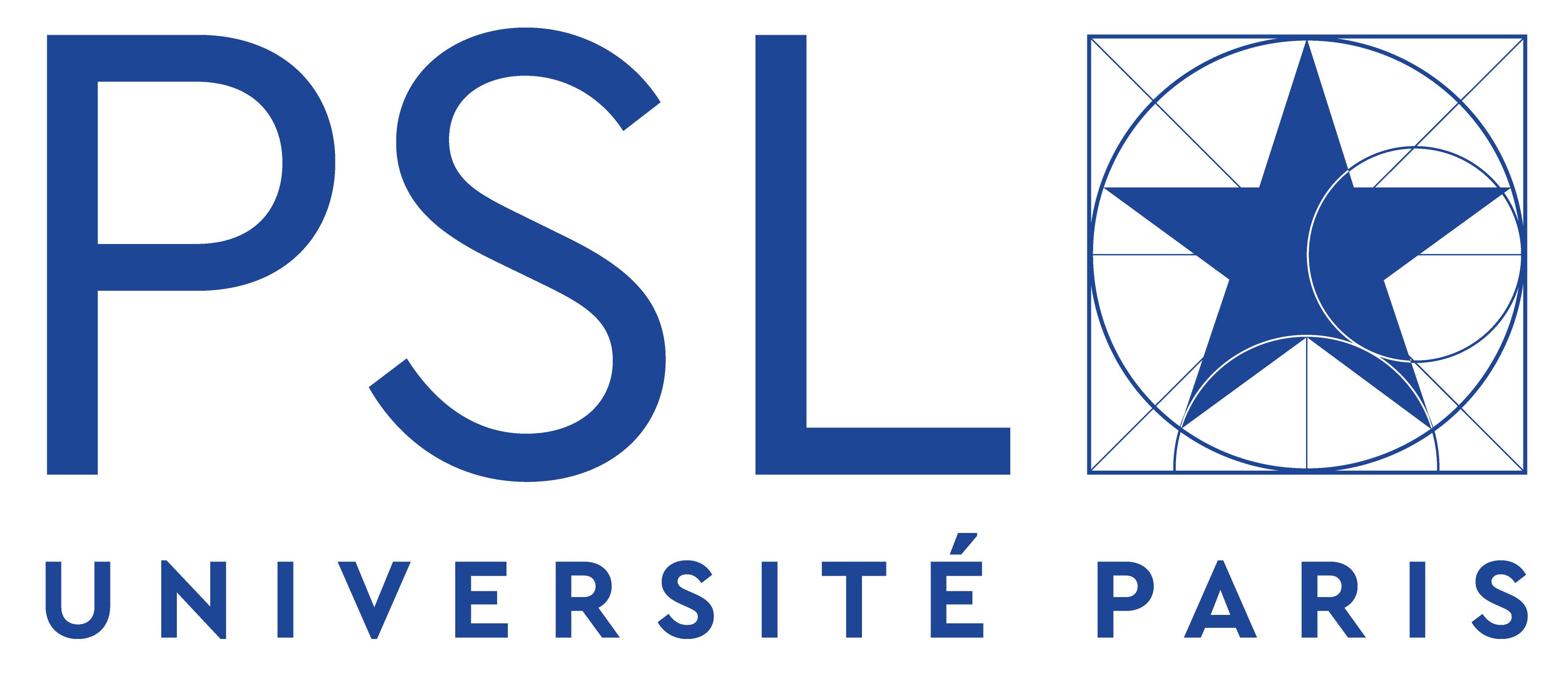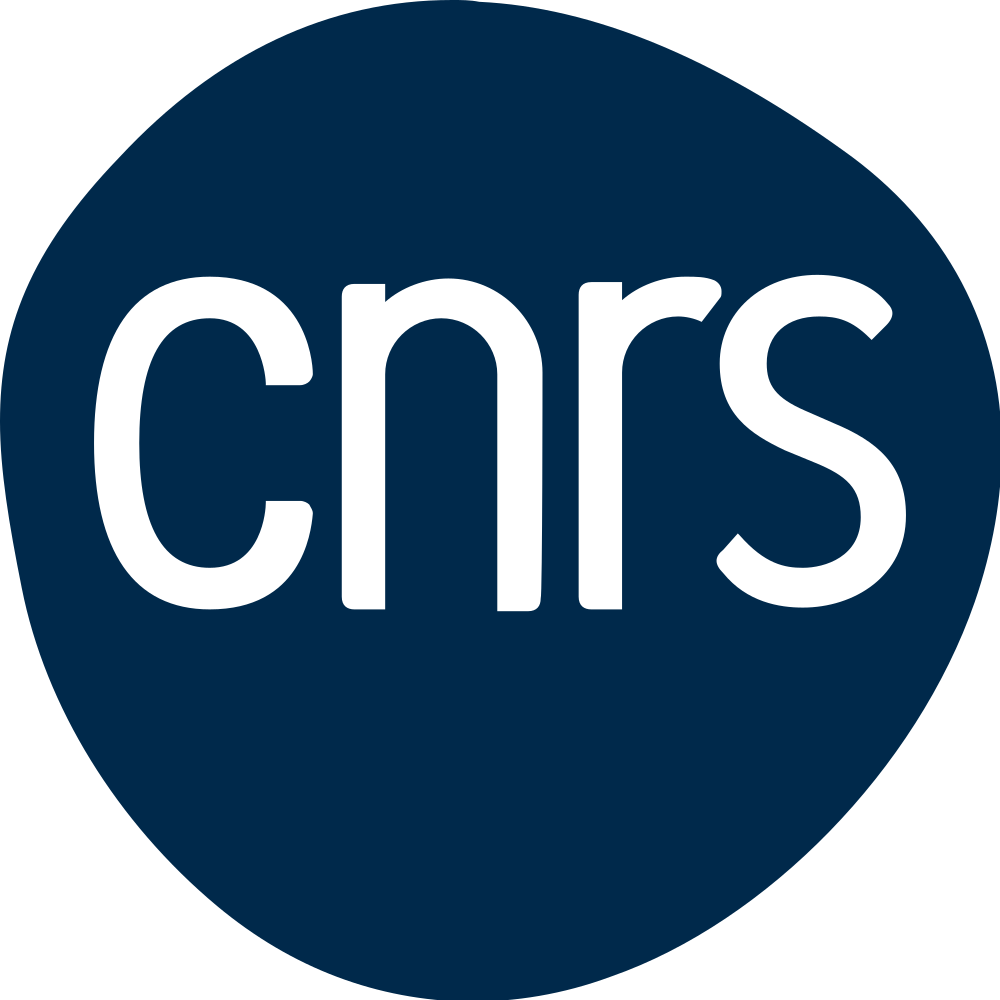Propagation d’ondes dans les milieux corrélés
Une activité de recherche importante du thème consiste à étudier la propagation des ondes dans les milieux désordonnés corrélés. Ces milieux sont obtenus par introduction d’ordre local dans la position des diffuseurs. On dit qu’on introduit des corrélations structurelles de désordre. Ces corrélations peuvent apparaître de manière naturelle par auto-organisation. C’est le cas par exemple d’un ensemble de sphères dures qui ne peuvent pas s’interpénétrer. D’autres potentiels d’interaction plus complexes existent également ce qui permet d’ajuster le niveau d’ordre et donc le niveau des corrélations. Les matériaux obtenus se situent ainsi à mi-chemin entre un matériau totalement désordonné et un cristal ordonné. Dans la nature, les exemples sont nombreux. On citera à titre d’exemple la cornée humaine pour laquelle les corrélations entre fibrilles de collagène jouent un rôle fondamental sur les propriétés optiques.
Récemment, nous nous sommes intéressés à un type particulier de corrélations qui connaît un intérêt croissant : les corrélations dites hyperuniformes. Les réseaux de points hyperuniformes sont caractérisés par un facteur de structure tendant vers zéro proche de l’origine. Une fois habillés par des particules diffusantes, ces réseaux forment des matériaux aux propriétés optiques largement pilotées par les corrélations de désordre. Nous avons ainsi montré que le libre parcours moyen de diffusion peut tendre vers l’infini dans ces matériaux. Un milieu totalement opaque peut ainsi devenir totalement transparent dans une certaine gamme de longueurs d’onde par simple introduction d’un peu d’ordre, c’est-à-dire par simple réarrangement des diffuseurs (voir Fig. 1 (a)) [1]. Dans un second temps, nous nous sommes posés la question du comportement d’un tel milieu dans le cas de particules à la fois diffusantes et absorbantes. Une étude théorique et numérique a montré que la puissance absorbée peut être beaucoup plus importante dans un matériau hyperuniforme que dans un matériau totalement désordonné (voir Fig. 1 (b)) [2]. Ce type de matériau maximise même la puissance absorbée [3]. Cela vient du fait que l’onde pénètre beaucoup plus facilement dans le milieu. On obtient ainsi un comportement de type corps noir à faible densité de matière. On peut imaginer des applications pour le photovoltaïque par exemple.

Figure 1 Illustrations des propriétés de transparence (a), d’absorption (b) et de localisation (c) des milieux hyperuniformes. (a) Comparaison du diagramme angulaire de diffusion d’un milieu fait de diffuseurs disposés aléatoirement (rouge) avec celui obtenu en plaçant ces mêmes diffuseurs dans une configuration hyperuniforme (bleue). (a) Puissance absorbée normalisée par la puissance incidente en fonction du niveau d’absorption dans les diffuseurs. Le cas hyperuniforme est tracé en noir, le cas totalement désordonné en rouge. Les traits continus correspondent aux calculs numériques exacts (résolution de l’équation d’onde), les traits discontinus représentent les préditions théoriques. (c) Exemple de mode propre localisé par effet interférentiel dans un ensemble hyperuniforme.
Au-delà de ces propriétés de transparence et d’absorption essentiellement liées au transport de lumière, on peut s’interroger également sur les changements induits par les corrélations de désordre sur des régimes de propagation plus complexes comme la localisation forte (dite aussi localisation d’Anderson). Des études ont montré que ce régime n’existe pas en 2D et en 3D pour un ensemble de diffuseurs ponctuels non corrélés dès lors qu’on prend en compte la nature vectorielle de la lumière. La raison essentielle est la présence importante d’effets de champ proche optique aux densités nécessaires pour atteindre le régime de localisation. Ces effets sont inexistants dans le cas scalaire et le régime localisé existe. Une étude théorique et numérique fine récente nous a permis de montrer que l’introduction des corrélations structurelles permet de restaurer le régime de localisation pour les ondes lumineuses vectorielles grâce à la formation d’un pseudo-gap similaire à ceux pouvant se former dans les cristaux photoniques (voir Fig.1 (c)) [4].
Ces résultats sont prometteurs mais il ne faut pas oublier les difficultés rencontrées dans la fabrication de matériaux hyperuniformes ou corrélés de manière générale, surtout aux longueurs d’onde visibles. En guise de premier pas et en collaboration avec une équipe de l’Institut Pierre-Gilles de Gennes, nous avons montré l’existence d’une auto-organisation hyperuniforme dans des émulsions de micro-gouttes bidisperses [5]. Dans un tout autre domaine, une collaboration avec une équipe de Sorbonne Université a permis d’expliquer l’origine de la transparence de structures biomimétiques à base de fibrilles de collagène [6].
Notes
[1]
[2]
[3]
[4]
[5]
[6]









